The FOD*BOSS Helps Airfields Focus on Safety
An effective friction runway FOD sweeper needs to have several vital components in order to ensure removal of FOD (foreign object debris) from...
10 min read
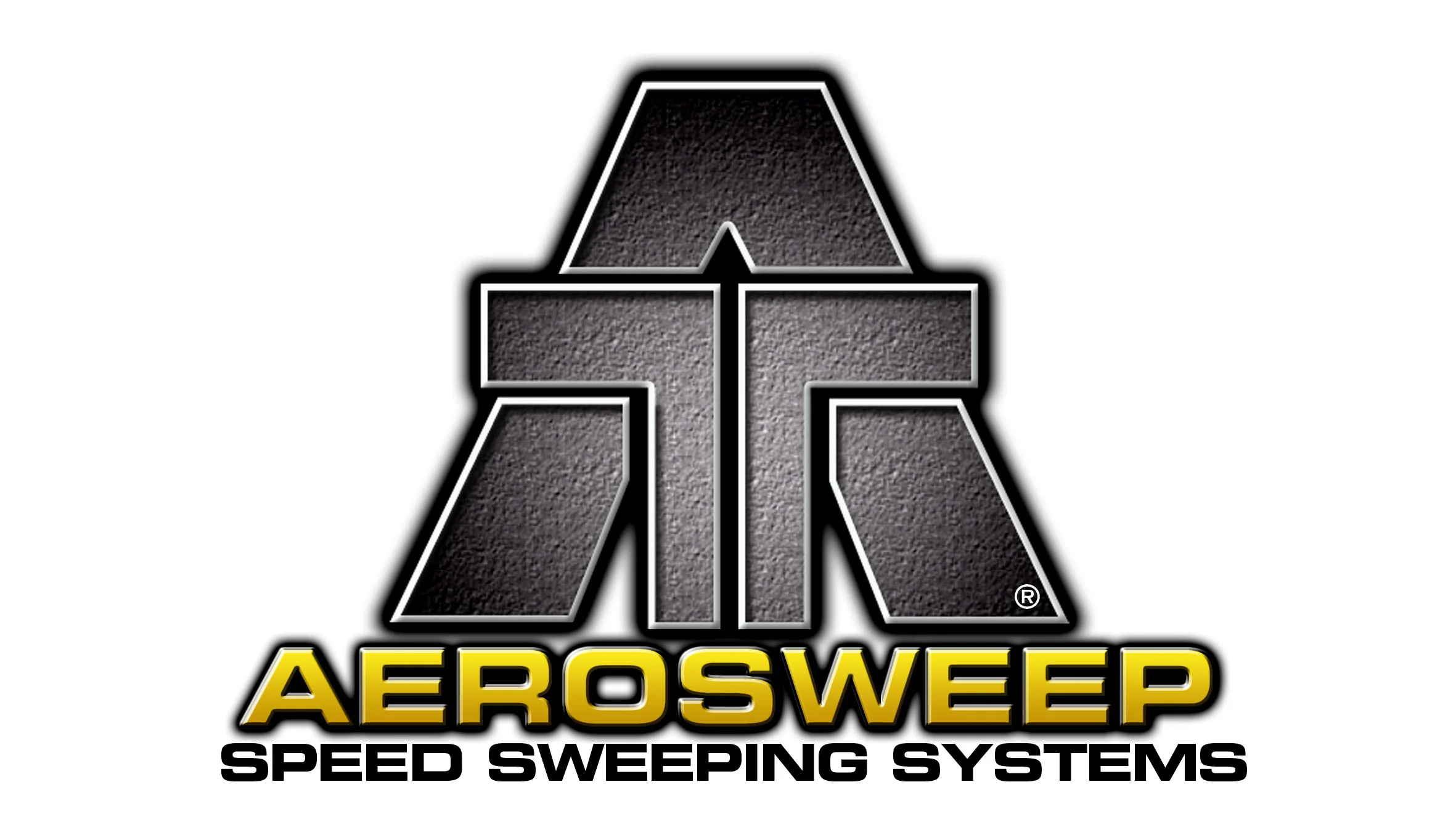 Aerosweep
:
Mar 9, 2023 3:09:54 PM
Aerosweep
:
Mar 9, 2023 3:09:54 PM
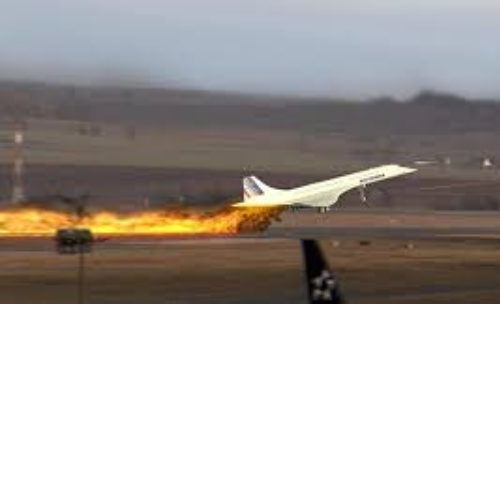
Airfields are a critical part of the aviation industry, and ensuring they are as safe as possible is essential. One of the most effective ways to do this is to sweep aircraft operating areas regularly to remove foreign object debris (FOD).
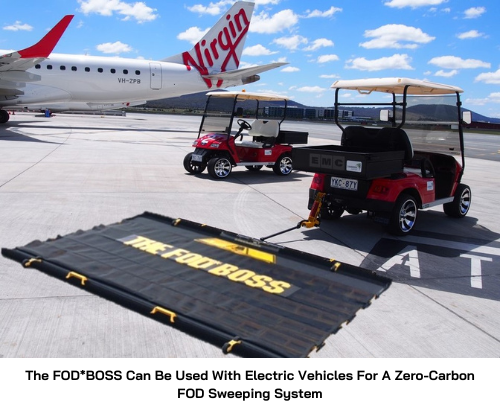
FOD prevention and removal are essential in ensuring safe and efficient airside operations. FOD can cause vital aircraft components to be damaged, leading to costly repairs, delays, and unscheduled maintenance. It can also lead to hazardous and potentially fatal accidents, especially in the case of engine ingestions.
FOD prevention and removal are often viewed as "a necessary cost". However, because they help reduce airside operational costs, they should be seen as an investment. By removing FOD from the airfield using efficient and effective sweeping systems, airports can reduce the time and resources needed for maintenance and repairs. Proper FOD removal practices also help to lower operational costs and improve the overall efficiency of airside operations. But how often should airfields be swept, and what other steps can be taken to maximize airfield safety? In this article, we'll discuss the importance of airfield sweeping, how often you should be sweeping your airfield and the role of the FOD*BOSS airfield sweeper.
What is Foreign Object Debris (FOD)?
Foreign object debris (FOD) is any material not 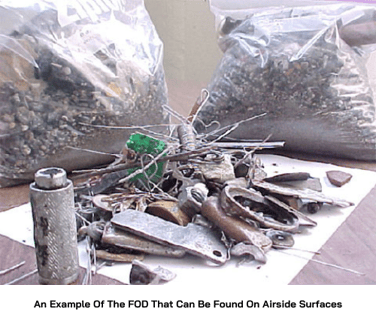 part of the airfield and should be considered a hazard to aircraft. FOD can include anything from stones, gravel, and dirt to tools, pieces of paper, cardboard, metal and plastic, screws, nuts, bolts, and pieces of wire, as well as luggage labels, zips, and other components. FOD can be caused by various factors, including construction activities, aircraft replenishment, aircraft maintenance, and even natural causes such as wind and rain. Therefore, it is essential to identify the frequency of FOD creation and the source of FOD to prevent or at least limit the likelihood of it occurring again in the future.
part of the airfield and should be considered a hazard to aircraft. FOD can include anything from stones, gravel, and dirt to tools, pieces of paper, cardboard, metal and plastic, screws, nuts, bolts, and pieces of wire, as well as luggage labels, zips, and other components. FOD can be caused by various factors, including construction activities, aircraft replenishment, aircraft maintenance, and even natural causes such as wind and rain. Therefore, it is essential to identify the frequency of FOD creation and the source of FOD to prevent or at least limit the likelihood of it occurring again in the future.
The Consequences of FOD
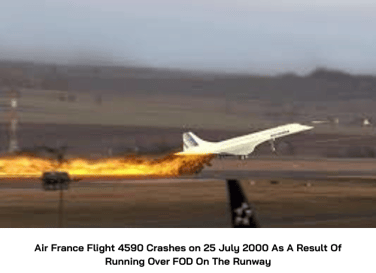 FOD can cause significant damage to aircraft, particularly jet engines and propeller surfaces, leading to serious accidents, costly repairs, and delays. This damage is why reducing the amount of FOD on airside surfaces is essential. It can even lead to hazardous and potentially fatal accidents in the worst cases.
FOD can cause significant damage to aircraft, particularly jet engines and propeller surfaces, leading to serious accidents, costly repairs, and delays. This damage is why reducing the amount of FOD on airside surfaces is essential. It can even lead to hazardous and potentially fatal accidents in the worst cases.
Every single airside operations worker we speak to tends to have a single goal when it comes to FOD management, and that is to have the safest airside environment they can. The importance of safety at an airfield cannot be overstated. A lapse in safety can lead to expensive damage to aircraft, injuries, or even the loss of lives. These outcomes are why airside professionals often express their goal as having zero FOD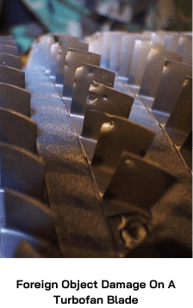 incidents. But, is this a realistic goal? While some people say it should be the target, others say it is impossible to achieve. Regardless of where you may sit on this continuum, considering this issue as the "management of safety risk" is perhaps a more productive approach. Indeed, safety management systems (SMS) implemented at airfields take this approach. They focus on implementing controls assuring the effectiveness of safety. Therefore, it is essential to have procedures, policies, and practices implemented to achieve this goal.
incidents. But, is this a realistic goal? While some people say it should be the target, others say it is impossible to achieve. Regardless of where you may sit on this continuum, considering this issue as the "management of safety risk" is perhaps a more productive approach. Indeed, safety management systems (SMS) implemented at airfields take this approach. They focus on implementing controls assuring the effectiveness of safety. Therefore, it is essential to have procedures, policies, and practices implemented to achieve this goal.
Regarding FOD removal, the most effective way to reduce the amount of FOD on airfields is to sweep them regularly using a friction sweeper system. Sweeping with an airfield sweeper removes FOD, making it safer for aircraft to operate. Airfield sweeping also helps reduce the amount of FOD that builds over time, reducing the risk of FOD-related accidents.
Since FOD leads to increased airside operational costs, using the appropriate sweeper systems and increasing sweeping frequency can positively benefit the airfield's profitability.
Foreign Object Debris Is A Ubiquitous Issue For Airfields
Foreign object debris can be found on all airside surfaces, and non-biological FOD generally results from human activity related to aircraft servicing and maintenance or infrastructure deterioration and/or building/repairs. For example, according to one study, fifty-five percent of all FOD found at a major commercial airport was within the apron/ramp area, thirty-five percent on the taxiways, and the remaining fifteen percent on the runway itself.
In addition, the National Aerospace Standards (NAS 412) describe that most foreign object damage is attributable to four factors: poor housekeeping, facilities deterioration, improper maintenance, and inadequate operational practices.
Why is it Important to Sweep Airfields?
Now, this may seem an unnecessary question to professional airside operations staff. However, there are guidelines on this very thing put out by the FAA, ICAO, and most individual country aviation safety authorities, such as Australia's Civil Aviation Safety Authority (CASA).
However, if we take the time to review these guidelines, we quickly identify that they are just that; guidelines or recommendations. There are no definitive frequencies for sweeps, and any suggestions represent a minimum that should be done. Therefore, it is up to the airfield's management to determine the frequency of the FOD sweeping program. Often the frequency is influenced by a range of factors including:
Assuming good procedures and practices, the amount of FOD produced airside will likely be directly proportional to the frequency and range of factors mentioned earlier. Therefore, the more often these influences occur or compress the timeframes within which they can take place, FOD production rates will likely increase. Unless, of course, appropriate behaviors can be developed through well-designed policies and procedures.
This is where the frequency of FOD sweeping becomes critical to creating the safest airside environment you will be aiming for.
How Often Should Airfields Be Swept?
The frequency of airfield sweeping depends on a variety of factors, including the type of FOD present, the amount of activity on the airfield, the size of the airfield, and perhaps the perceived impact that more frequent FOD sweeping 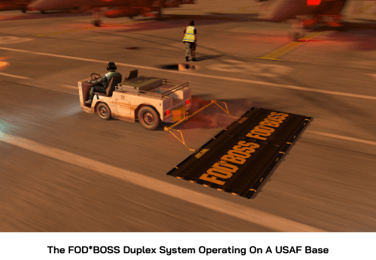 has on aircraft movements. Generally, the various aviation governing bodies recommend airside surfaces should be swept at least twice a week. Still, some airfields may require more frequent sweeping, and indeed, that applies to specific aircraft operating areas (AOAs). It is also recommended that airside surfaces be swept after any construction, maintenance, or other activities that could generate FOD. In some airfields, this would indicate that daily FOD sweeping is the targeted frequency.
has on aircraft movements. Generally, the various aviation governing bodies recommend airside surfaces should be swept at least twice a week. Still, some airfields may require more frequent sweeping, and indeed, that applies to specific aircraft operating areas (AOAs). It is also recommended that airside surfaces be swept after any construction, maintenance, or other activities that could generate FOD. In some airfields, this would indicate that daily FOD sweeping is the targeted frequency.
Now if you are like most airside operations professionals, and believe that no amount of FOD can be considered safe, then the FOD sweeping frequency needs to match the days there is an aircraft movement. This includes freight as well as passenger flights. If FOD is being produced daily, and the airfield has aircraft movements every day, the safest practice would be to match these with your sweeping program.
However, balancing routine daily FOD sweeping with maintaining AOA availability for aircraft movements is challenging. This is where understanding the role of the sweeper's forward operating speed in runway occupancy time is critical if the goal is to maximize airfield safety with efficient airside operations.
To maximize airfield sweeping operations, it's important to use the right equipment. The airfield sweeper should be specifically designed to remove FOD on airfields and do so safely at the AOA's maximum speed limit while being nimble enough to be used amongst parked aircraft and GSE activities.
So if your airfield has daily aircraft movements, then it must be considered safest to sweep daily – it's common sense.
However, is this realistic or reasonable? Suppose you feel this is beyond what is considered reasonable or feasible. In that case, all we can recommend is you consider why major airports and air forces around the world have FOD management teams who sweep multiple times a day, every day. That is how serious they take FOD. They know that a single small stone or nut can cause hundreds of thousands of dollars of damage, cause aircraft to be unavailable for missions or flights, but they also know that the impact of FOD is also avoidable.
How The Right FOD Sweeper Can Help Improve Airside Safety
An appropriately designed FOD sweeper can help to improve airside safety by quickly and effectively removing FOD from the airfield. FOD sweepers designed explicitly for airfield sweeping quickly and efficiently clear AOAs of FOD, helping reduce the risk of aircraft damage and hazardous accidents.
Properly designed FOD sweepers are also able to be used in a variety of conditions. They can be used in wet or dry conditions, on smooth or grooved surfaces, and even in areas with limited visibility. This makes them the perfect tool for quickly and efficiently removing FOD from the airfield.
An often overlooked aspect of airfield sweepers is their effective operating speed. It is often assumed that "slow and steady" is the equivalent of ensuring all FOD is removed from the surfaces being swept. However, if you look closely at this aspect of sweeper design, it can be seen that high-speed systems can also be the most effective at picking up and retaining FOD. However, high-speed sweeping systems do not have to equate to high-cost too.
Best Practices for Using a FOD Sweeper
When using a FOD sweeper, it is important to follow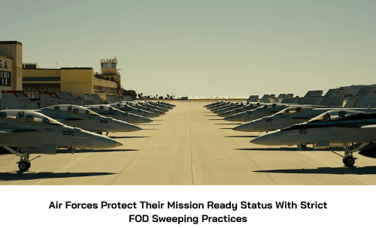 best practices in order to ensure the safety and efficiency of airside operations.
best practices in order to ensure the safety and efficiency of airside operations.
Some best practices for using a FOD sweeper include:
But it also includes ensuring your FOD sweeper can operate in wet and dry conditions. What about high-wind environments? Obviously, a sweeper that can operate in high-wind environments will be important if you regularly have windy conditions.
Tips for Selecting the Right FOD Sweeper
A myriad of influencing factors will need to be considered when choosing FOD sweeping systems. It may also be the case of where "one size does not fit all." Many airfields worldwide employ different sweeping systems, based on their sweeping priorities and the strengths of each system. For example, even combining sweeping system types, so they operate together can maximize their strengths.
That being said, when selecting a FOD sweeper (or sweepers), it is important to consider a few factors to ensure that you choose the right one(s) for your airside operations. Not all airfield sweepers are the same, despite possibly looking similar. In most cases, it is only when delving into the actual performance of the sweeper (and what drives that performance), you can filter the options appropriately.
Some tips for selecting the right FOD sweeper include:
Discover the Power of a Faster and Safer FOD Sweeper
The FOD*BOSS was the first tow-behind friction sweeper mat system explicitly developed for airfield FOD sweeping. First available in 1994, every major airport, air force, and airline throughout the world now uses the FOD*BOSS. The FOD*BOSS Ultimate was specifically designed to provide faster and safer airside operations. It is the perfect tool for quickly and safely removing FOD from all airside surfaces.
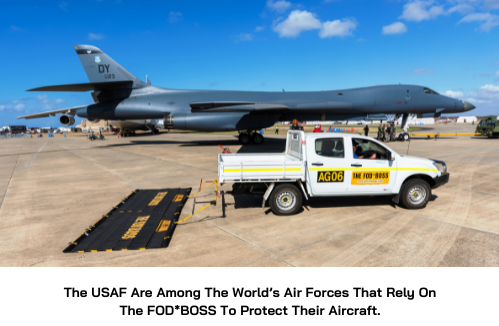
The FOD*BOSS is unrivaled in its efficiency and effectiveness, and reduces the risk of FOD-related aircraft damage and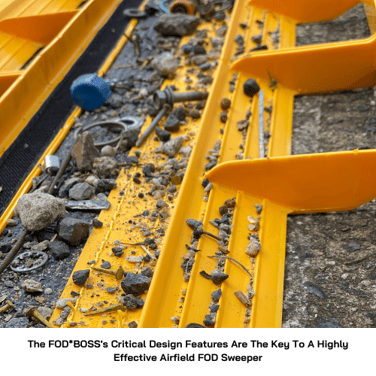 hazardous accidents. It is also designed to be used in both wet and dry conditions, as well as on grooved and smooth AOA surfaces. The FOD*BOSS is just as effective in low-light situations and high-wind environments.
hazardous accidents. It is also designed to be used in both wet and dry conditions, as well as on grooved and smooth AOA surfaces. The FOD*BOSS is just as effective in low-light situations and high-wind environments.
The FOD*BOSS is designed to reduce airside operational costs. It can quickly and efficiently remove FOD from the airfield, reducing the time the FOD sweeping process occupies operational areas. This lowers total operating costs and improves airside operations' overall efficiency.
Benefits of Using the FOD*BOSS Ultimate Airfield Sweeper
The FOD*BOSS Ultimate airfield sweeper is the perfect tool for all airside surfaces. Here are just some of the benefits of using the FOD*BOSS:
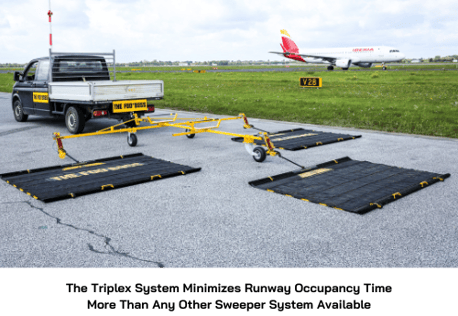
Conclusion
Airfields are a critical part of the aviation industry, and ensuring they are as safe as possible is essential. One of the most effective ways to achieve this can be to sweep airfields regularly to remove foreign object debris (FOD).
Using an appropriately designed FOD sweeper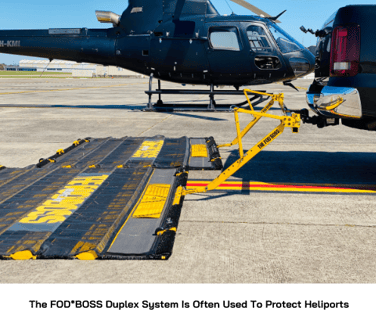 is essential in ensuring safe and efficient airside operations. The right airfield sweeper can quickly and efficiently remove FOD from the airfield, helping to reduce the risk of aircraft component damage and hazardous accidents. It can also help to reduce airside operational costs, while maintaining concurrent aircraft movements. In other words, a high-speed airfield sweeper with a >99% FOD pick-up and 100% retention rate can also offer the lowest AOA occupancy rate. It's all about sweeping at your AOA's speed limits safely.
is essential in ensuring safe and efficient airside operations. The right airfield sweeper can quickly and efficiently remove FOD from the airfield, helping to reduce the risk of aircraft component damage and hazardous accidents. It can also help to reduce airside operational costs, while maintaining concurrent aircraft movements. In other words, a high-speed airfield sweeper with a >99% FOD pick-up and 100% retention rate can also offer the lowest AOA occupancy rate. It's all about sweeping at your AOA's speed limits safely.
When selecting a FOD sweeper, it is important to consider a few factors to ensure you choose the right one for your airside operations. Some tips for selecting the right FOD sweeper include considering the size of the airfield, the type of FOD that needs to be removed, the type of surface that needs to be swept, the power source of the FOD sweeper, and the cost of the FOD sweeper, both initially as well as its running costs.
Airfield sweepers should be used at the same frequency as air movements occur. For example, if aircraft operate daily, then FOD sweeping should be carried out daily. The FOD*BOSS airfield sweeper is the perfect tool for airfield sweeping. It is equipped with heavy-duty brushes that can remove even the most stubborn FOD. The FOD*BOSS is also easy to use, can be operated by one person, and requires no special licensing or training, making it ideal for airfield sweeping.
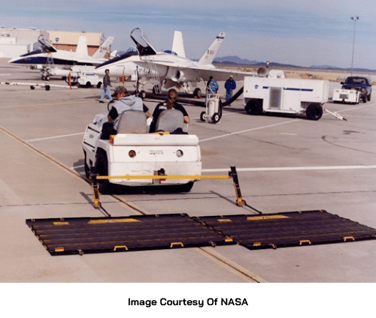 The FOD*BOSS also has an unrivaled FOD pick-up and removal rate, operates at speeds up to 40 mph/65 kph, and offers the lowest AOA occupancy times without compromising effectiveness.
The FOD*BOSS also has an unrivaled FOD pick-up and removal rate, operates at speeds up to 40 mph/65 kph, and offers the lowest AOA occupancy times without compromising effectiveness.
Enquire about getting a FOD*BOSS for your airfield by emailing us at info@aerosweep.com. With the right equipment and a commitment to airfield safety, with a FOD*BOSS Ultimate, you can rest assured that your airfield is moving in the right direction to becoming as safe as possible.
Discover the power of a faster and safer FOD sweeper and transform airside safety with the FOD*BOSS!
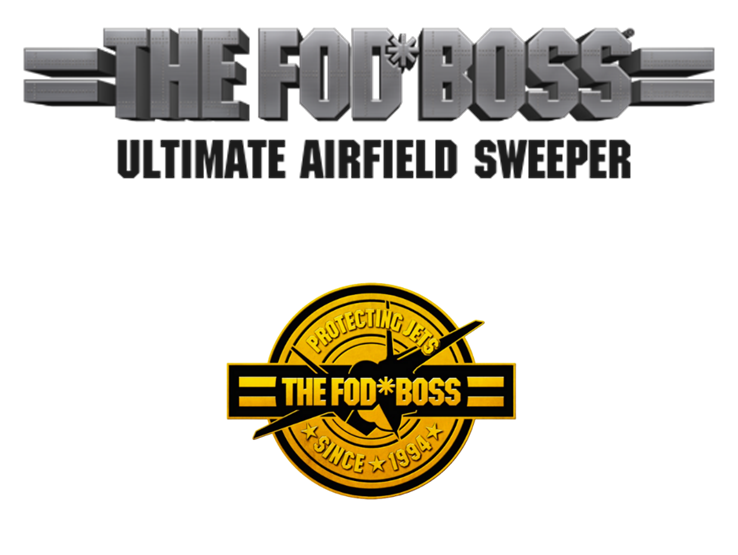
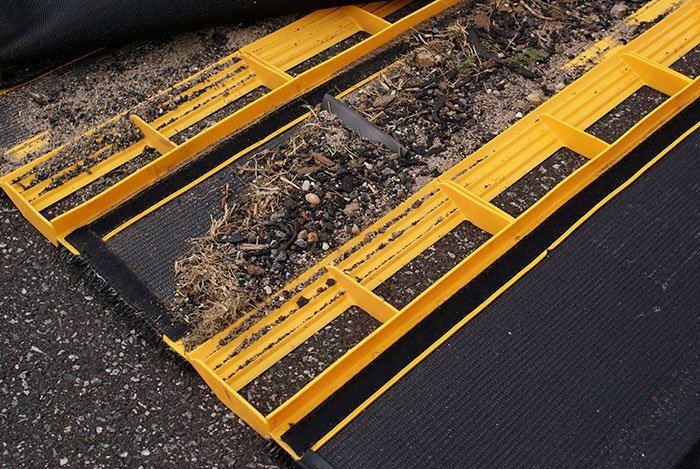
An effective friction runway FOD sweeper needs to have several vital components in order to ensure removal of FOD (foreign object debris) from...
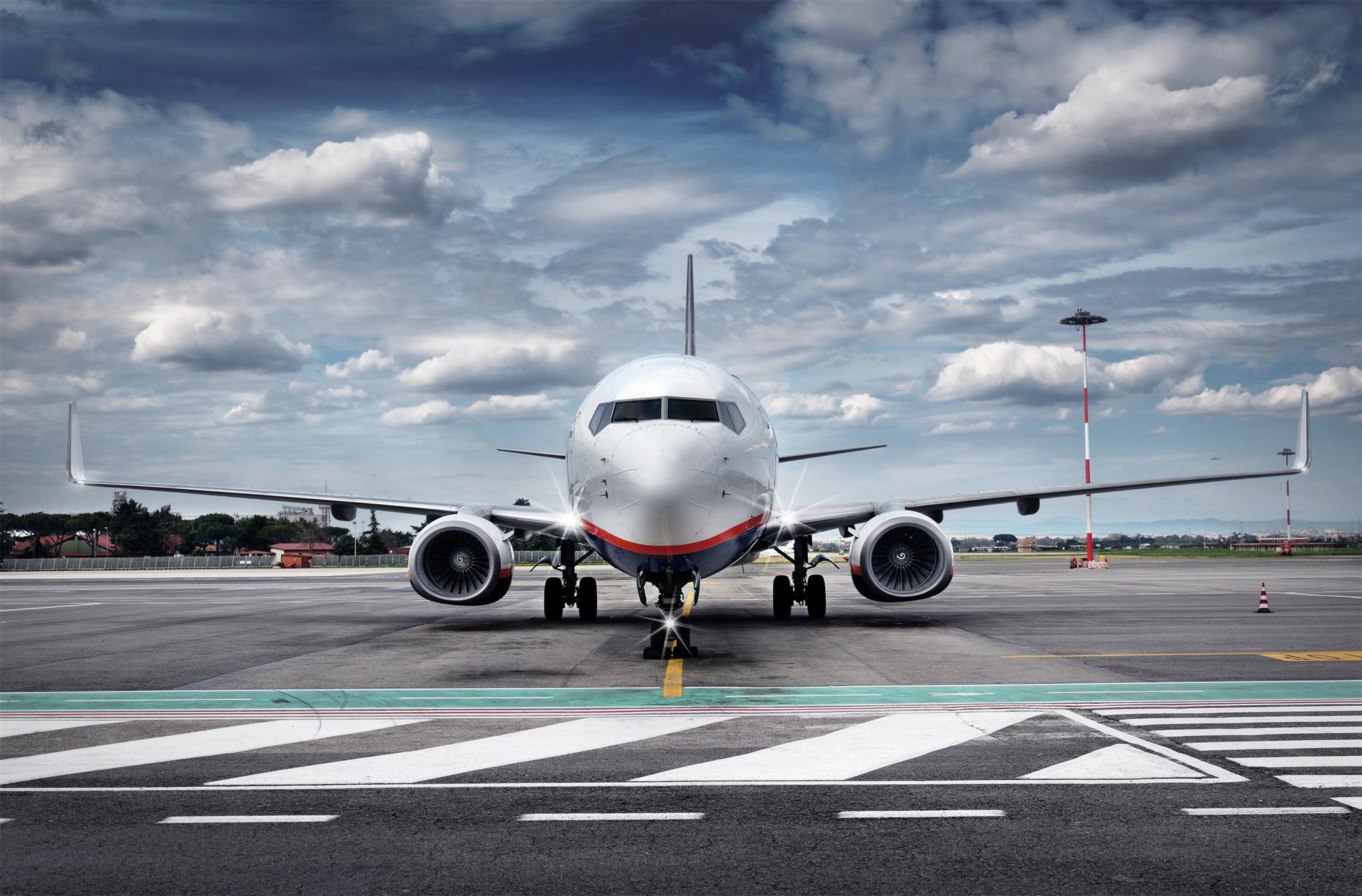
2 min read
Keeping debris off of runways and taxiways is an ongoing process for airports and those in the aviation and aerospace industries. Foreign Object...
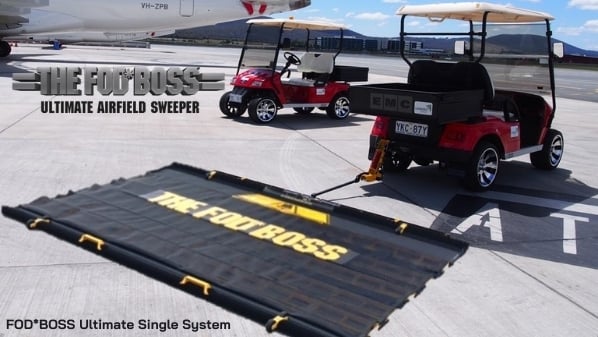
Unless we start looking into how we can achieve specific carbon emission targets at airports through our decisions today, the net-zero carbon...